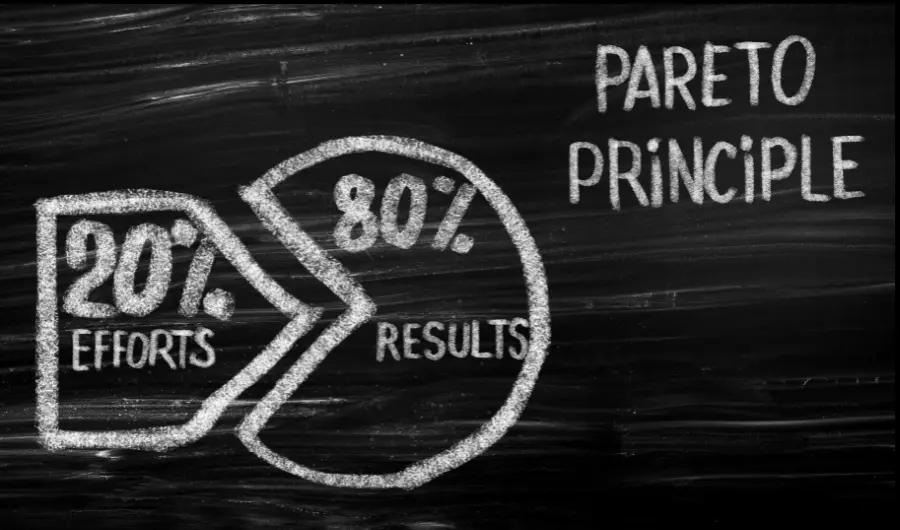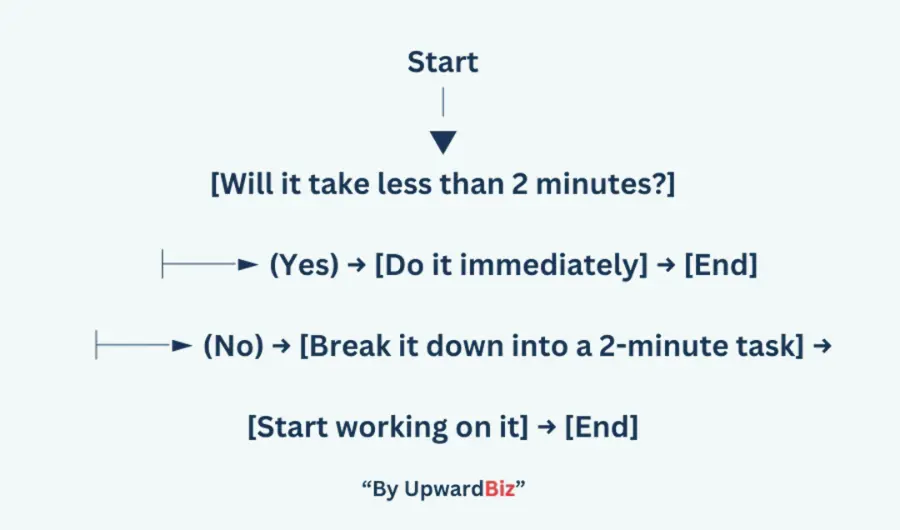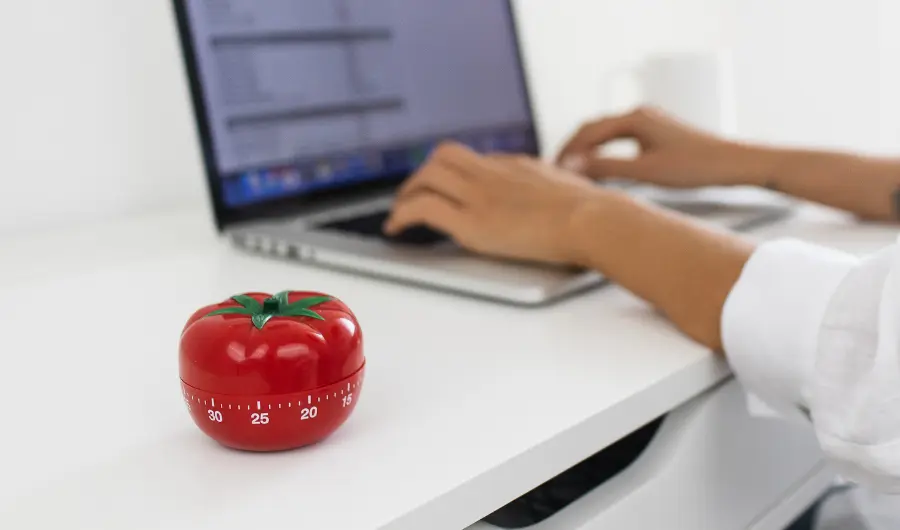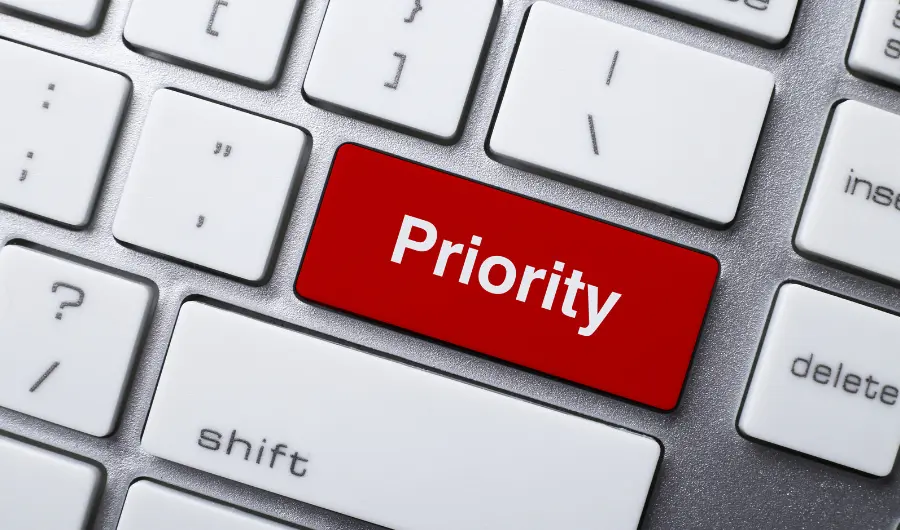Let’s face it—we all have those days when our to-do list seems to multiply faster than we can check things off. Between work deadlines, personal projects, and life’s little surprises, finding ways to maximize our time has become more crucial than ever.
I’ve spent years experimenting with different productivity methods (some successful, others… not so much), and I’m excited to share the game-changers that have truly transformed my daily routine. These aren’t just theoretical concepts—they’re battle-tested strategies that have helped me reclaim hours in my week and accomplish more without burning out.
Let’s dive into these productivity powerhouses that can help you take control of your day!
Disclaimer: Our website is reader-supported. If you purchase any service through our partner links, we may earn a commission at no extra cost to you.
1. The Magic of the 80/20 Principle

Ever notice how a small portion of your efforts tends to yield most of your results? That’s the 80/20 principle (also known as the Pareto Principle) in action. I was skeptical at first, but when I started tracking my activities, I realized I was spending way too much time on tasks that weren’t moving the needle.
Try this: At the end of the week, identify which 20% of your activities produced 80% of your positive outcomes. Then, ruthlessly prioritize those high-impact tasks in your schedule.
For me, this meant realizing that deep writing sessions in the morning and strategic planning on Mondays were my most productive activities—while constantly checking email throughout the day was a massive time sink with minimal returns.
2. Time Blocking: Your Calendar Is Your Best Friend

I used to approach each day reactively, jumping between tasks and constantly getting sidetracked. Then I discovered time blocking—dedicating specific chunks of time to focused work on a single task or category of tasks.
Here’s what works for me:
- Reserve your peak energy hours for creative or complex tasks
- Block 90-120 minute sessions for deep work (with all notifications turned off)
- Include buffer time between blocks for unexpected issues
- Set aside specific times to check email and messages (not constantly!)
Once I started treating my calendar as the master controller of my day instead of just a meeting tracker, my productivity skyrocketed. If you’re struggling with managing your schedule effectively, check out my comprehensive guide on time management techniques where I dive deeper into creating sustainable systems that work with your natural rhythms.
3. The Life-Changing 2-Minute Rule

This simple hack has probably saved me more mental clutter than any other: If a task takes less than two minutes to complete, do it immediately instead of adding it to your to-do list.
Think about those quick emails you need to respond to, the document you need to upload, or the appointment you need to schedule. When you handle these micro-tasks immediately, you prevent them from piling up and creating that overwhelming feeling of “I have so many little things to do!”
I keep a sticky note on my monitor with “2 min?” written on it as a constant reminder, and it works wonders.
4. The Perfect Task Management System (For You)
Finding the right task management tool is like finding the perfect pair of running shoes—what works for someone else might not work for you. After trying countless options, here are the standouts that might be your perfect match:
Todoist: My personal favorite for its clean interface and natural language input. I can type “Finish blog post tomorrow at 10am p2” and it automatically sets the date, time, and priority. The karma points system also appeals to my competitive nature!
Notion: If you love building custom systems, Notion is incredible. I use it to connect my tasks to related documents, notes, and project plans in one workspace. The learning curve is worth it for complex projects.
Trello: Visual thinkers, this one’s for you. I find Trello’s board-based approach perfect for collaborative projects where seeing the workflow matters.
AI Assistance: I’ve recently started using ChatGPT to help brainstorm task breakdowns for complex projects. For example, when planning a website redesign, I asked it to help me create a comprehensive task list with estimated time requirements—saving me hours of planning.
The key isn’t which tool you choose, but finding one you’ll actually stick with consistently.
5. Task Batching: Group Similar Activities

Our brains aren’t built for constant context-switching. When you jump between different types of tasks, you lose time and mental energy in the transition.
I’ve found incredible efficiency gains by grouping similar tasks together:
- “Communication hours” for emails, calls, and messages
- “Creative blocks” for writing, designing, and brainstorming
- “Admin time” for invoicing, data entry, and organizational tasks
For example, I handle all my social media content creation in one 3-hour session on Thursdays rather than doing a little bit each day. This approach has cut down my total time spent on social media by about 40%.
6. The Pomodoro Technique: Sprint Your Way to Productivity

Working in focused sprints with intentional breaks has been a game-changer for me, especially for tasks I tend to procrastinate on. The classic Pomodoro method suggests 25 minutes of work followed by a 5-minute break, but I’ve personalized it to fit my rhythm.
I’ve found that slightly longer 35-minute work periods with 7-minute breaks works better for my flow state. I use the “Forest” app, which grows virtual trees during your focus sessions—it’s oddly motivating to build my little digital forest while getting work done!
The beauty of this technique is how it makes daunting tasks approachable. Even the most challenging project feels manageable when broken down into 35-minute chunks.
7. Automation: Let the Robots Do the Boring Stuff
If you find yourself doing the same task repeatedly, it’s time to automate. The hours I’ve saved through automation easily justified the initial setup time.
Some of my personal automation wins:
- Using Zapier to automatically save email attachments to the right Google Drive folders
- Setting up text expansion tools (I use https://textexpander.com/ ) for frequently typed responses
- Creating templates for recurring documents and emails
- Using Bardeen to extract information from websites and compile it into spreadsheets
Start small: identify one repetitive task this week and find a way to automate it. Then build from there.
8. The “One Thing” Method: Identify Your Daily Priority

There’s something powerful about asking yourself: “What’s the ONE thing I can do today that would make everything else easier or unnecessary?”
I keep a Post-it note on my desk where I write my “One Thing” each morning. On days when everything goes sideways, I can still feel accomplished if I’ve completed that single most important task.
This approach has been particularly helpful during busy periods when I might have 30+ tasks on my list. Having clarity on what absolutely must get done creates a sense of purpose and direction.
9. Micro-Deadlines: Race Against the Clock

I’ve discovered that work tends to expand to fill the time we allocate to it (hello, Parkinson’s Law). The solution? Setting artificially tight deadlines for myself.
Before starting a task, I’ll decide: “This proposal will be done in 45 minutes” and set a timer. Something about that countdown creates just enough positive pressure to keep me focused and efficient.
For larger projects, I break them into components and set micro-deadlines for each piece. This prevents the procrastination that often comes with distant due dates.
10. Strategic Delegation: You Don’t Have to Do It All
This was a tough lesson for my perfectionist brain to learn, but not everything needs to be done by you personally. Identifying tasks that could be handled by someone else—potentially better and faster—has been crucial to scaling my productivity.
Platforms like Fiverr and Upwork have become invaluable resources. I’ve found amazing professionals for:
- Formatting and editing documents
- Data entry and research
- Basic graphic design and image editing
- Technical troubleshooting
The time I’ve reclaimed through delegation has allowed me to focus more on the creative and strategic work that only I can do.
11. Beating Decision Fatigue: Simplify Your Choices

Ever notice how your decision-making abilities seem to deteriorate as the day progresses? That’s decision fatigue, and it’s a real productivity killer.
I’ve implemented several routines to minimize unnecessary decisions:
- Planning my outfits for the week on Sunday
- Using meal prep and a rotating menu of favorite recipes
- Creating templates for regular work outputs
- Establishing default responses for common requests
Even small decisions drain your mental energy. By creating systems and defaults for recurring choices, you reserve your decision-making power for what truly matters.
12. Tomorrow Begins Today: The 10-Minute Evening Review
One of my absolute favorite productivity hacks is spending 10 minutes at the end of each workday to set up for tomorrow. This simple routine has eliminated that common morning phenomenon of sitting down and thinking, “Now what was I supposed to do today?”
My evening routine includes:
- Reviewing what I accomplished today
- Identifying my “One Thing” for tomorrow
- Setting up my workspace for morning success
- Quickly planning my first time block
This practice creates a mental boundary between work and personal time while ensuring a smooth start the next day.
13. Strategic Breaks: Rest Is Part of Productivity

The biggest productivity myth I’ve had to unlearn is that more hours equal more output. The truth is that strategic rest is essential for sustained high performance.
I’ve experimented with various types of breaks and found these to be most effective:
- Nature breaks: A 10-minute walk outside resets my brain better than anything else
- Movement breaks: Quick stretching or a few push-ups to get blood flowing
- Breathing breaks: 2 minutes of deep breathing can clear mental fog surprisingly well
- Complete disconnection: Putting my phone in another room during deep work sessions
Remember that productivity isn’t about being busy every minute—it’s about maximizing your effective output while maintaining your wellbeing.
Finding Your Personal Productivity System
The most important thing to remember is that productivity is personal. What works for me might not work for you, and that’s perfectly fine! The best approach is to experiment with these techniques, adapt them to your own circumstances, and build a system that feels sustainable.
I’d love to hear which of these hacks resonates most with you, or if you have other productivity game-changers that I haven’t mentioned. Drop a comment below to share your experiences!
Until next time, here’s to working smarter, not just harder!
What productivity techniques have made the biggest difference in your life? I’d love to continue the conversation in the comments!
🔍You might also enjoy the following post:
